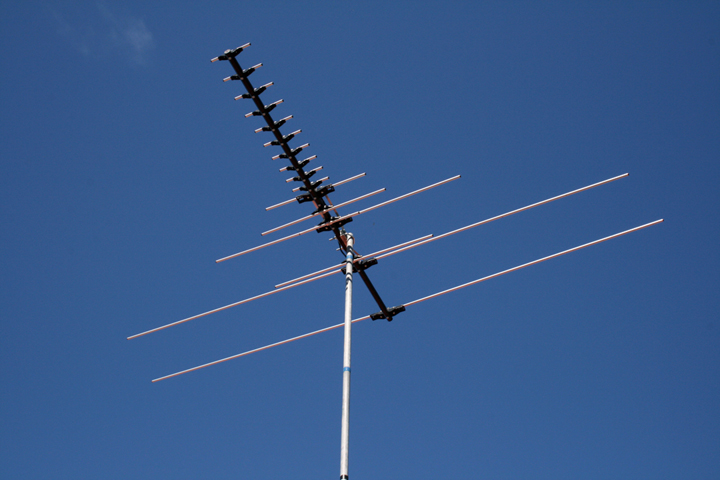An easy way to
tell if you are watching digital TV, is whether you can receive ABC2, ABC3 or GO.
These are all standard definition digital channels, so if you can view them
(and you don’t have subscription TV like Foxtel), it means your TV is capable
of receiving digital TV.
If you’re lucky enough to already have a digital TV, there’s
one more question you should ask: How good is my reception?
Your existing television antenna
may be able to receive digital TV without any problem. However our
experience tells us that most people have antennas that are old, broken or are
simply not suitable for getting quality Digital TV reception.
We all remember the fuzzy images our analogue TV gets when
reception gets bad. However with digital, the signal is often all or nothing.
It’s either perfect or it’s pixelated (that’s means little coloured squares on
your screen) or there’s no signal at all.
If you get the occasional pixilation and no signal message
that probably means your antenna either isn’t positioned correctly or it needs
replacing. If it’s been quite a few years since your antenna was installed and
you’re experiencing these problems we would suggest it’s time to take advantage
of one of our specials and get a digital TV antenna installation.
We're Melbourne's Digital TV antenna
specialists. We can assist with the best antenna selection and make sure you
have the right aerial positioning, orientation, cabling and related equipment.
So if you need an aerial installation
give us a call for a quick and easy quote to get your picture perfect.
